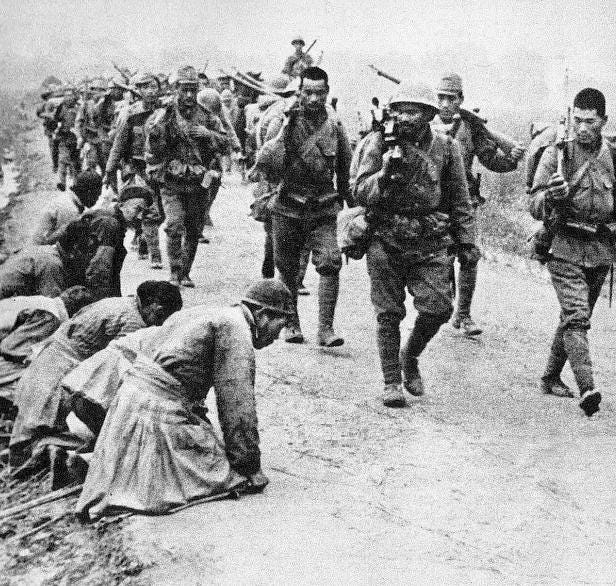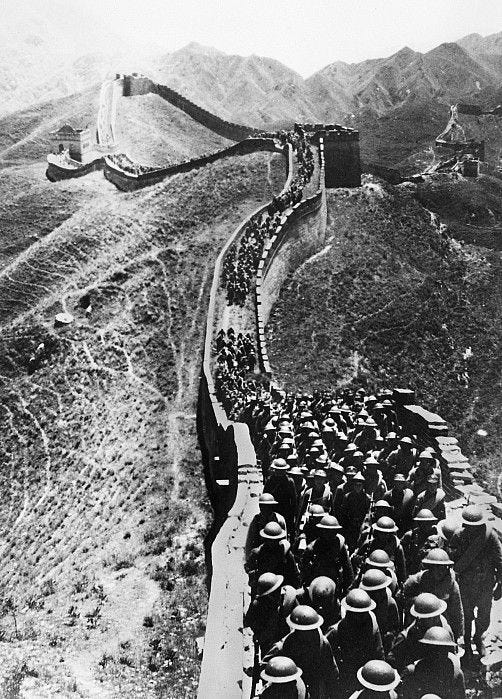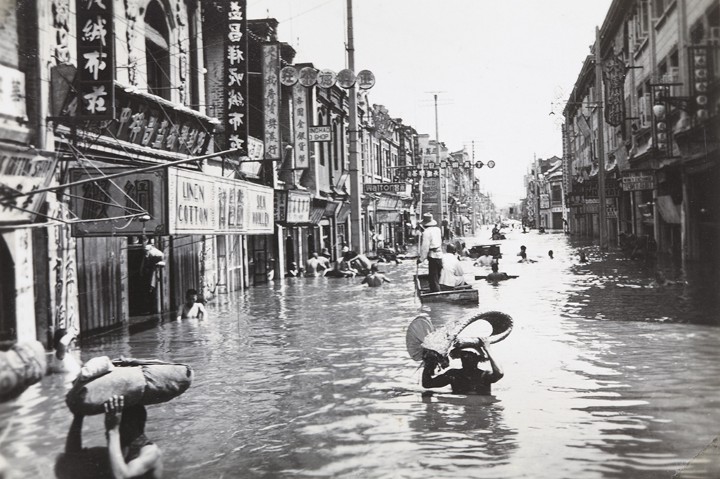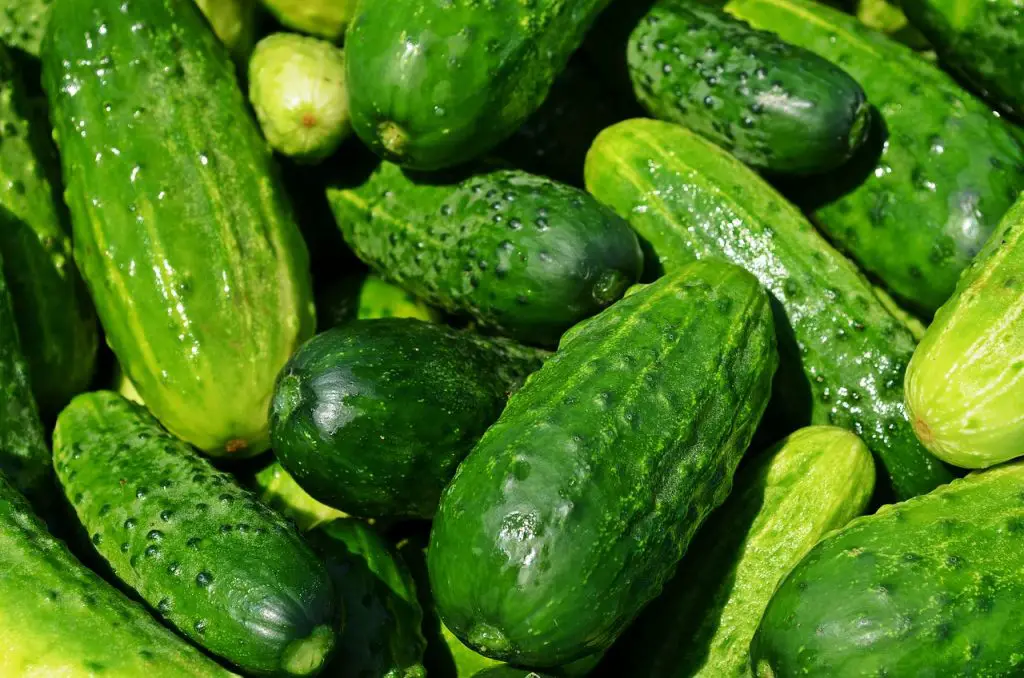 hina although a big nation, had to make many sacrifices within its history to defend not only its land but also its own people. One very debated event in modern history marks China’s biggest sacrifice toward defending its nation. During 1938 upon the Second Sino-Japanese War (1937–1945) China made the decision to flood a whole region of its country in order to stop the Japanese forces from further pushing into China’s territory. This was indeed a good plan taking into consideration China’s strategic position, but it came at the cost of over 800,000 Chinese that died due to the huge flood.
hina although a big nation, had to make many sacrifices within its history to defend not only its land but also its own people. One very debated event in modern history marks China’s biggest sacrifice toward defending its nation. During 1938 upon the Second Sino-Japanese War (1937–1945) China made the decision to flood a whole region of its country in order to stop the Japanese forces from further pushing into China’s territory. This was indeed a good plan taking into consideration China’s strategic position, but it came at the cost of over 800,000 Chinese that died due to the huge flood.
In this article, we will be looking at how did China come to this decision and if there was anything else that they could have done. China and Japan had never been very good friends and this can be seen in the First Sino-Japanese War (1894–1895) which was caused by China and Japan’s hunger for expansion within Korea.
What caused the Second Sino-Japanese War?
The First Sino-Japanese War was quite short and both parties had the same fault for the cause of war, but within the Second Sino-Japanese War it is argued that Japan was at the fault of war. In 1931 Japan was in somewhat good relations with China and Japan wanted to expand into China.
Japan was a very prosperous country that was also taking full advantage of the innovations brought by the industrial revolution and the demand for various products created around the world, especially within Europe. China on the other hand was facing an economic plummet and most of the population was at the borderline of starvation.

Japan wanted to help China to raise their economy, but in exchange they wanted to expand their country into Chinese land, mainly to build more factories and expand their production lines. China being in a desperate state accepted this offer. Although the economy of China was rising due to this, the Chinese population wasn’t happy at all with the Japanese just taking over their land.
Years had passed and Japan started demanding more and more land whilst China received the same support. This lasted until 1937 when China was facing huge revolts from the population to stop the Japanese from expanding. With the arrival of a new leader in 1936 named Chiang Kai-shek, he saw the vision of the people of the Republic of China and had enough. So in 1937, China raised arms against Japan starting the Second Sino-Japanese War.
Planned Flood of the Yellow River
China may have had the number to start a war, but this was modern times when Japan did not only have better weaponry but much better tactics. After the first attacks from China in 1937 which tried to push Japan away from Chinese land, Japan brought in the big guns and since the start of 1938 kept pushing China back, taking over even more land.
The Yellow River (Huang He) from China passes through seven provinces:
- Qinghai
- Sichuan
- Gansu
- Ningxia
- Shaanxi
- Henan
- Shandong
Throughout the history of China, this river caused many devastating floods that from historical records killed over a million people until the 19th century. Most of the dams that have been built had been destroyed by the sheer force of the water pressure that is enhanced by the rainy season. All the water ends up in the Yellow Sea.

As you can see from the picture above, the river has its name due to the yellowish/brownish color of the water. This is caused by a natural substance called silt that gives the water this pigment. The river even passes through the famous Silk Road and a small part of the Chinese Wall is built right next to the river.
The Army of the Republic of China tried their hardest to defend against the numerous waves of Japanese mechanized troops but every time they would lose. The Chinese commanders came to a drastic decision that was either going to save China from Japan or worsen things. The plan was to build a makeshift dam in Huayuankou (in the Henan province of China) which would cause a major flood, stopping the Japanese army from advancing any further and hopefully retreating from China.

In June of 1938, the dam was detonated, provoking the biggest flood China had seen until that day. The flood-affected 54,000 squared kilometers (20,000 squared miles) and killed over 800,000 Chinese civilians and over 12.5 million civilians were left without a home. Although the original strike killed 800,000, due to the hunger and illnesses provoked by the flood, an extra 6.2 million Chinese civilians died during 1938 and 1947.
Although genocide would not be the exact term to be used to describe this event, based on the huge number of deaths we can argue it is. There is a huge debate going on between historians because even if the decision was made deliberately, the commanders never calculated the potential casualties to be so high. This leads us to the big question.
Did this stop Japan?
You would think that based on the amount of land that was flooded Japan would turn around and go home, but that wasn’t the case. It is true that the Japanese Army was affected by the flood, especially their mechanized divisions but this didn’t make the dent that China thought it would. By the end of 1938, Japan regrouped its army, went around the flood, and flanked from the South by taking over Wuhan.

From there onwards, Japan kept pushing into the center of China. This concludes that China actually shot itself in the foot with this flood because although they won a few months to regroup their army, in the long term their losses were too big of a sacrifice based on the small effect the flood had on the Japanese Army.

The Chinese forces were weakened by this flood and the resources for China to keep this war going were depleting rapidly. By 1940 Japan managed to push China another 1,000 kilometers and every counterattack thrown by China was a failure as Japan simply had a better-weaponized army with a secret advantage called morale!

It wasn’t until 1941 that Japan started to slowly lose as they declared war on America with the attack on Pearl Harbor. Since then, Japan started to retreat more and more troops from China to focus on defending the Pacific. Although China was in a very bad position by 1944, the campaign in Japan never ended until 1945 when Japan was hit by nuclear weapons and surrendered to both China and America. Since America’s entry into the Second World War, they supported the Chinese Army by offering them weapons (mainly tanks) which helped them push back the weakened Japanese forces.
In the end, China won, but truly China sacrificed too much, and let’s be honest here, if it wasn’t for America entering the war, Japan would now be a lot bigger. The conclusion is that China should have never caused the flood. From a consequentialist perspective, it makes sense, but when you are talking about sacrificing millions of lives to win a war, then you might as well surrender the whole country and its people to the enemy than deliberately killing your own people.
Avid Writer with invaluable knowledge of Humanity!
Upcoming historian with over 30 million views online.
“You make your own life.”





